Indian Boat Designs and Forms
MHS
Synopsis
Read more
Since the days of the Indus Valley Civilisation, coastal Regions along the Indian coasts have engaged in maritime activities. The early Water Crafts in use on the Seas included reed boats, a variety of floats, and the uniquely distinctive 'kattumarans', with logs tied together. While these were wash-afloats, early boats that worked on the principle of Air displacement were dugouts and pseudo dugouts. Over time plank built boats came into operation. These were initially keel less, but as they grew in size, sturdy keeled vessels came to be plied on the oceans.
The design and form of these boats varied regionally in different segments of the coast. Initially the planks were stitched firmly but they were replaced by nailed boats in the last few hundred years. Sails came to be used early and to steer the boats, by turning them when necessary, some of them had outriggers and Balance boards. The timber used varied from area to area, dependent on its quality, durability and Strength for sailing on the saline Sea water. Steadily they also grew in size so that by 1500 AD, Indian boats reached a size of 1000 tons or more. While some of them were Double ended, others had a square, rounded or transom stern. Many were open decked but some had decks and even cabins to accommodate passengers.
The intricacy of their designs and forms varied immensely, depending upon the skills and expertise of the master carpenters. What is more fascinating is the fact that the master builder had no drawn plans of boat Architecture and they worked based on inherited wisdom and their own skills. The present book seeks to piece together all this Knowledge of boat designs and forms as gathered from field work, and a few earlier writings.
31.50
28.35
$
35.00 $
Free delivery Wolrdwidе in 10-18 days
Ships in 3-5 days from New Delhi
Membership for 1 Year $35.00
Get it now and save 10%
Get it now and save 10%
BECOME A MEMBER

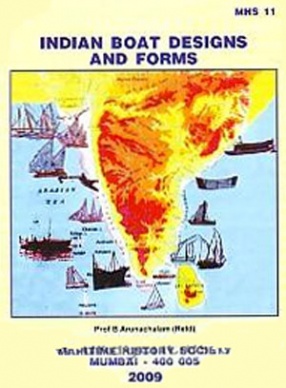
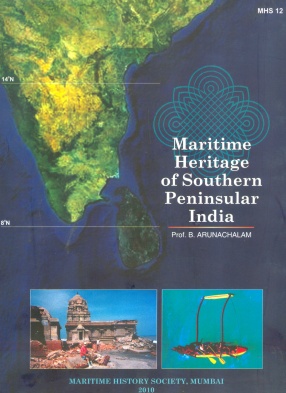
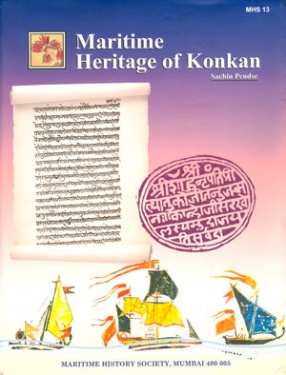
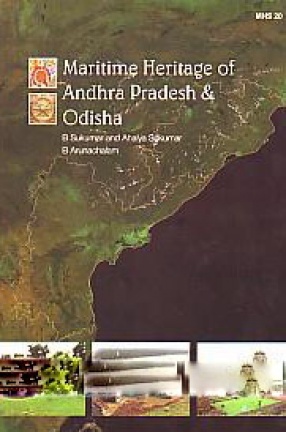
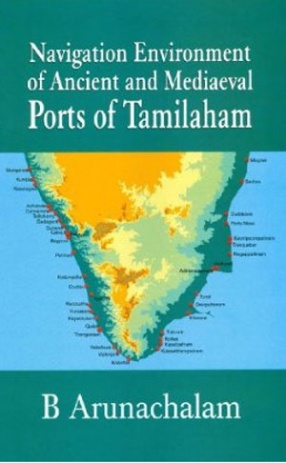
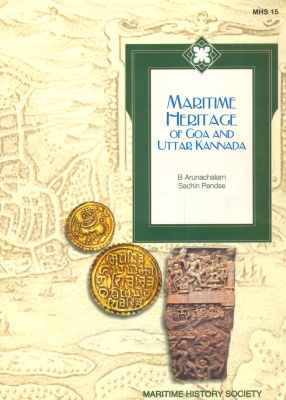
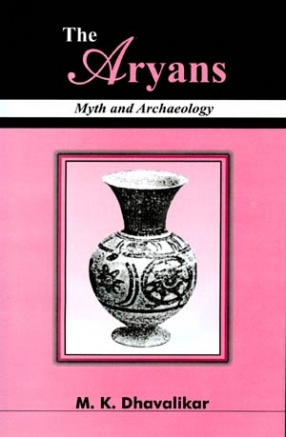
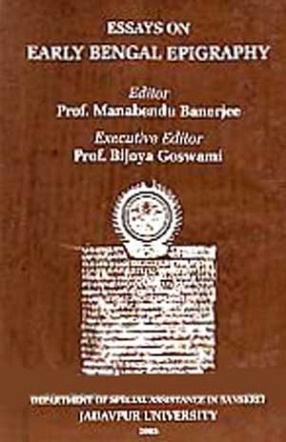
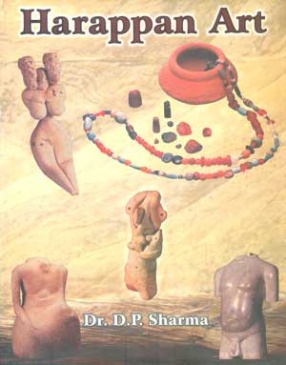


Bibliographic information
Tags